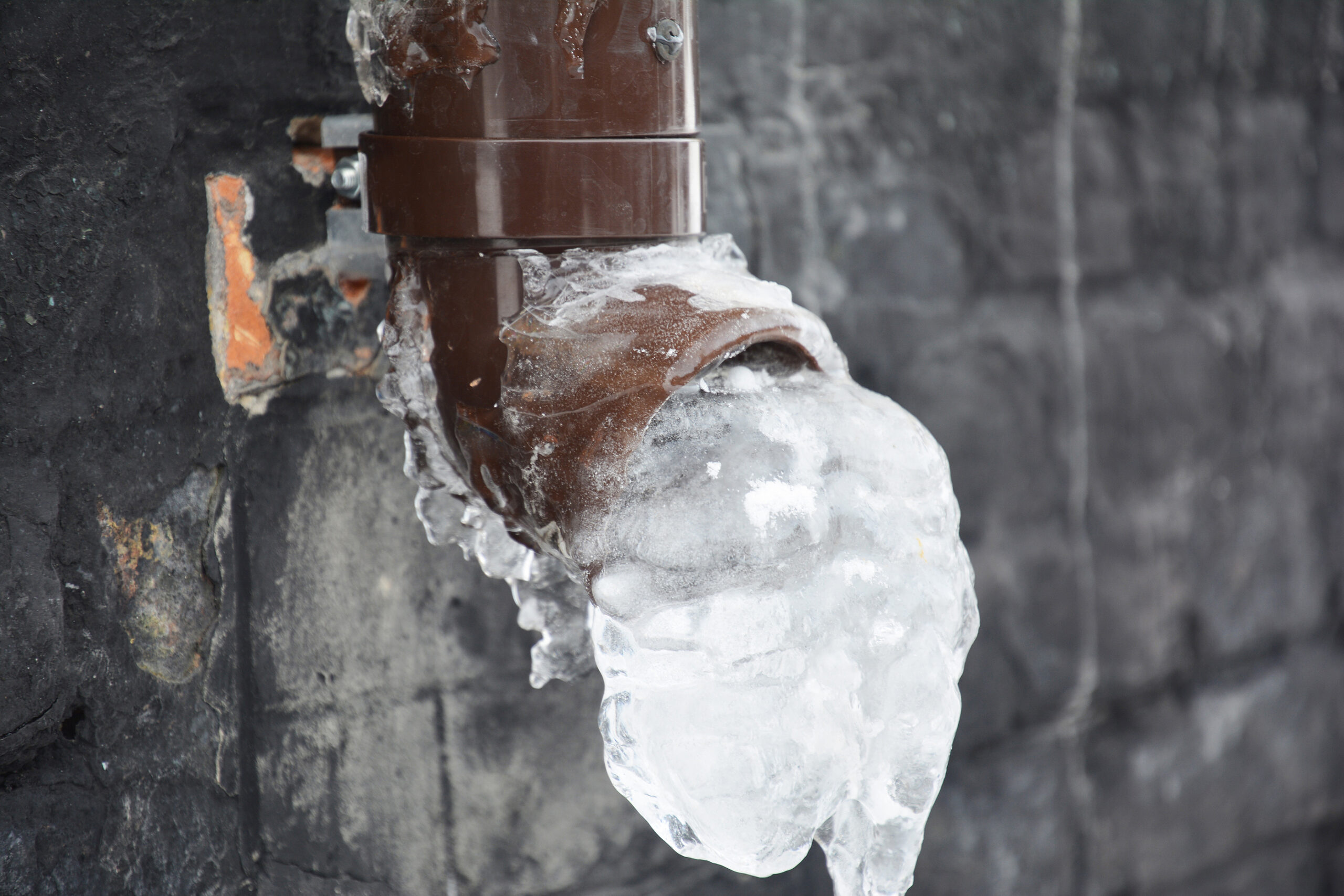Shielding Your Pipes from Freezing Damage: Critical Approaches
Shielding Your Pipes from Freezing Damage: Critical Approaches
Blog Article
Were you searching for advice about Prevent Frozen Pipes ?

Winter can wreak havoc on your plumbing, specifically by freezing pipelines. Below's exactly how to stop it from happening and what to do if it does.
Intro
As temperature levels decline, the threat of icy pipelines boosts, potentially causing expensive repair services and water damages. Recognizing how to avoid frozen pipes is important for property owners in cold climates.
Avoidance Tips
Protecting at risk pipelines
Cover pipes in insulation sleeves or utilize warmth tape to secure them from freezing temperature levels. Focus on pipes in unheated or exterior areas of the home.
Home heating strategies
Maintain indoor rooms effectively warmed, especially areas with plumbing. Open cupboard doors to enable cozy air to flow around pipes under sinks.
Exactly how to determine icy pipelines
Seek lowered water flow from taps, unusual odors or sounds from pipes, and visible frost on revealed pipelines.
Long-Term Solutions
Structural adjustments
Take into consideration rerouting pipelines away from exterior walls or unheated areas. Add added insulation to attic rooms, cellars, and crawl spaces.
Updating insulation
Buy high-quality insulation for pipelines, attic rooms, and wall surfaces. Proper insulation assists keep constant temperature levels and lowers the threat of icy pipes.
Safeguarding Exterior Plumbing
Yard hoses and outside taps
Disconnect and drain yard hoses prior to winter months. Install frost-proof faucets or cover exterior faucets with insulated caps.
Comprehending Frozen Pipes
What triggers pipes to ice up?
Pipes freeze when revealed to temperatures below 32 ° F (0 ° C) for extended periods. As water inside the pipes freezes, it expands, taxing the pipeline walls and potentially creating them to rupture.
Dangers and damages
Icy pipelines can cause water system disturbances, building damage, and pricey repair work. Ruptured pipelines can flood homes and cause considerable architectural damage.
Indications of Frozen Pipeline
Identifying icy pipelines early can stop them from breaking.
What to Do If Your Pipes Freeze
Immediate activities to take
If you believe frozen pipelines, keep taps available to soothe pressure as the ice thaws. Utilize a hairdryer or towels soaked in warm water to thaw pipes slowly.
Verdict
Avoiding icy pipes requires proactive measures and fast reactions. By understanding the reasons, indications, and preventive measures, property owners can protect their plumbing during winter.
6 Proven Ways to Prevent Frozen Pipes and Protect Your Home
Disconnect and Drain Garden Hoses
Before winter arrives, start by disconnecting your garden hoses and draining any remaining water. Close the shut-off valves that supply outdoor hose bibs and leave the outdoor faucet open to allow any residual water to drain. For extra protection, consider using faucet covers throughout the colder months. It’s also important to drain water from any sprinkler supply lines following the manufacturer’s directions.
Insulate Exposed Pipes
Insulating your pipes is an effective way to prevent freezing. Pipe insulation is readily available at home improvement stores and is relatively inexpensive. Pay close attention to pipes in unheated areas such as the attic, basement, crawl spaces, or garage. Apply foam insulation generously to create a buffer against the cold. You can also wrap your pipes in heat tape or thermostat-controlled heat cables for added warmth.
Seal Air Leaks
Inspect your home for any cracks or openings that could let in cold air. Seal any holes around the piping in interior or exterior walls, as well as the sill plates where your home rests on its foundation. Additionally, make sure to keep your garage door closed unless you’re entering or exiting. Leaving it open creates a significant air leak that can lead to frozen pipes.
Allow Warm Air Circulation
During cold snaps, it’s essential to allow warm air to circulate evenly throughout your home. Leave interior doors ajar to promote better airflow. Open kitchen and bathroom cabinets to help distribute heat consistently around the rooms. If you have small children or pets, be sure to remove any household chemicals or potentially harmful cleaners from open cabinets for safety.
Let Faucets Drip
A small trickle of water can make a big difference in preventing ice formation inside your pipes. When temperatures drop significantly, start a drip of water from all faucets served by exposed pipes. This continuous flow helps prevent the water from freezing. Additionally, running a few faucets slightly can relieve pressure inside the pipes, reducing the chances of a rupture if the water inside does freeze.
https://choateshvac.com/6-proven-ways-to-prevent-frozen-pipes-and-protect-your-home/

We had been made aware of that article about Preventing and dealing with frozen pipes from an acquaintance on another site. In case you liked our article if you please do not forget to share it. Thanks so much for your time spent reading it.
Schedule Here Report this page